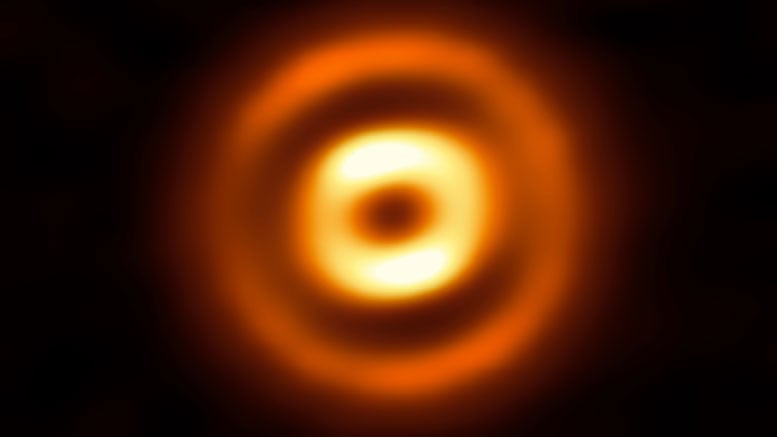
This image depicts the dusty disc encircling the young, isolated star HD 169142. The Atacama Large Millimeter/submillimeter Array (ALMA) imaged this disc in high resolution by picking up faint signals from its constituent millimeter-sized dust grains. The vivid rings are thick bands of dust, separated by deep gaps. Credit: ALMA (ESO/NAOJ/NRAO)/ Fedele et al.
Astronomers have detected the presence of two planets in formation around the young star HD 169142, which is about 470 light-years away. The two planets have masses comparable to that of Jupiter.
Optimized to study the cold gas and dust of systems like HD 169142, ALMA’s sharp eyes have revealed the structure of many infant solar systems with similar cavities and gaps. A variety of theories have been proposed to explain them — such as turbulence caused by magnetorotational instability, or the fusing of dust grains — but the most plausible explanation is that these pronounced gaps were carved out by giant protoplanets.
When solar systems form gas and dust coalesce into planets. These planets then effectively spring clean their orbits, clearing them of gas and dust and herding the remaining material into well-defined bands. The deep gaps seen in this image are consistent with the presence of multiple protoplanets — a finding that agrees with other optical and infrared studies of the same system.
Observing such dusty protoplanetary discs with ALMA allows scientists to investigate the first steps of planet formation in a bid to unveil the evolutionary paths of these infant systems.
INAF press release (Italian) Translated below
Thanks to detailed shots from the telescope Alma (Atacama Large Millimeter-submillimeter Array) ESO, an international team of researchers led by Davide Fedele, the Florence Institute of Astrophysics, has detected the presence of two planets in formation around the young star HD 169142, which is about 470 light years from us, and situated in the direction of the constellation Sagittarius. The two planets would have masses comparable to that of Jupiter.
The high-resolution image of Alma shows the disk of dust around Hd 169142 obtained from the processing of weak signals emitted by the grains of the millimeter dimensions that constitute it. The bright rings indicate dense bands of dust separated by empty net. “The system we have observed with Alma is located around a star that has a mass of about 1.7 times that of the Sun and an age of just 6 million years,” says Fedele, first author of the paper describing the study, published on the website of the journal Astronomy & Astrophysics. “Alma has allowed us to derive the dust around this star distribution, showing a characteristic structure to ‘rings’: the cold powder is localized in two main rings, the first between 20 and 35 astronomical units and the second between 56 and 83 astronomical units from the central star (an astronomical unit is the distance separating the Earth from our Sun). The intermediate zones of this disc will appear substantially free of dust.”
Structures similar have already been detected by Alma around other stars and scientists have made several proposals to explain, as turbulence phenomena triggered by magneto-rotational instability or grains mergers of powders, but the most widely accepted is that those net voids have been produced by planets in large breed training. When planetary systems begin to comply, the gas and dust present around the young stars they are gathering to form protoplanets. These celestial objects ‘clean up’ areas crossing with their orbits and at the same time adjoin the remaining dust and gas in well-defined bands. The empty areas in the image of Alma the system around Hd 169 142 are compatible with the presence of protoplanets, a fact which is in agreement with other surveys conducted in the bands of visible light and infrared on the same system.
“The study of dust and cold gas that make up the protoplanetary disks is crucial to understanding how planets are born,” adds Fedele. “In addition to dust, Alma has allowed us to study the distribution of cold gas through three molecular isotopes of carbon monoxide observations (CO), which allow us to understand what is the origin of the dust rings. Based on the fact the gas intensity maps and on the differences with those of the dust, we can conclude that the ring structure is due to the presence of two protoplanets orbiting at a distance of about 15 astronomical units and 50 astronomical units from the star. For the inner planet, we estimated a mass of between 0.1 and one Jupiter mass, while the outer planet the estimate is between one and ten Jupiter masses. Alma has therefore surprised us again, revealing an even planetary system during gestation.”
Reference: “ALMA unveils rings and gaps in the protoplanetary system HD 169142: signatures of two giant protoplanets” by D. Fedele, M. Carney, M. R. Hogerheijde, C. Walsh, A. Miotello, P. Klaassen, S. Bruderer, Th. Henning and E. F. van Dishoeck, 3 April 2017, Astronomy & Astrophysics.
DOI: 10.1051/0004-6361/201629860
arXiv

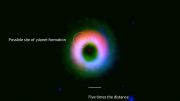
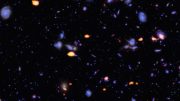
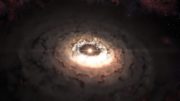
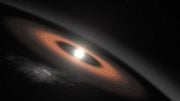
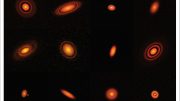
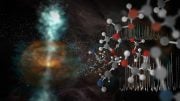
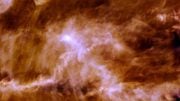
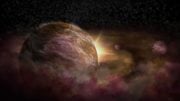
Be the first to comment on "ALMA Detects Two Planets in the Dust Disk Surrounding Young Star HD 169142"